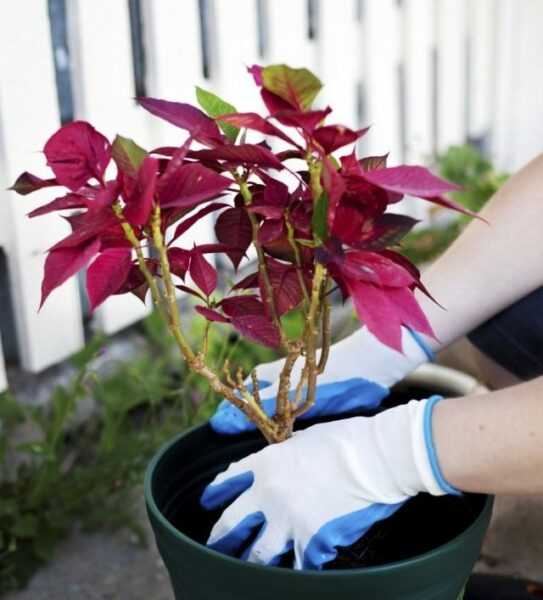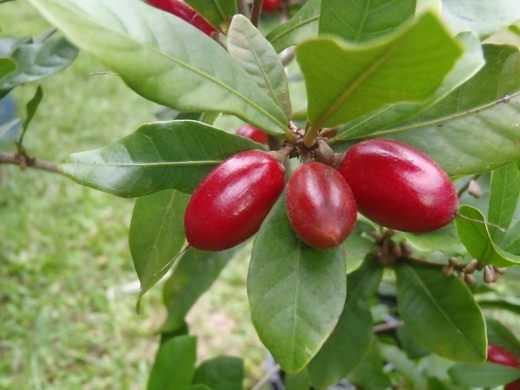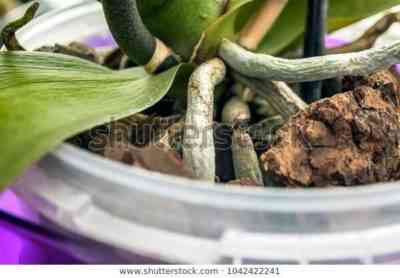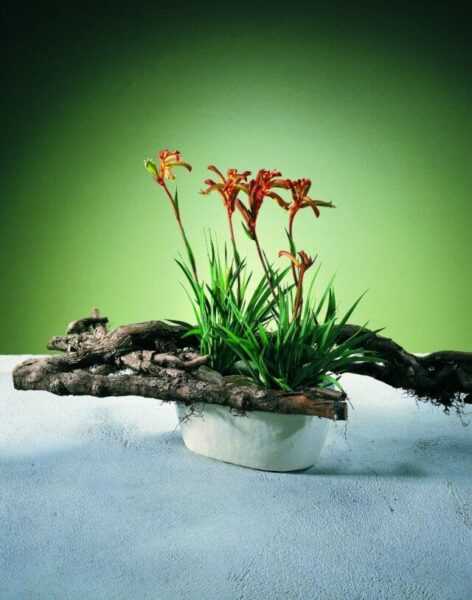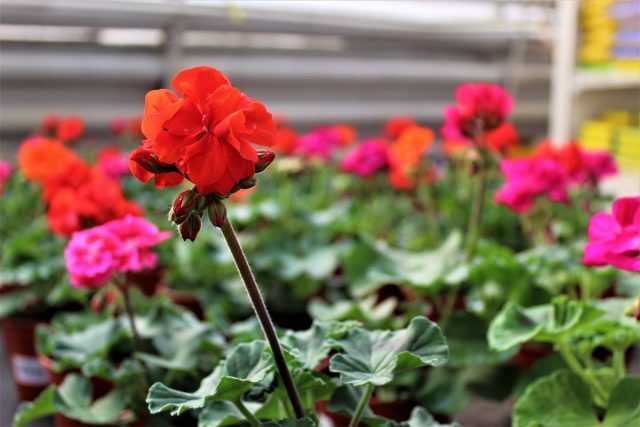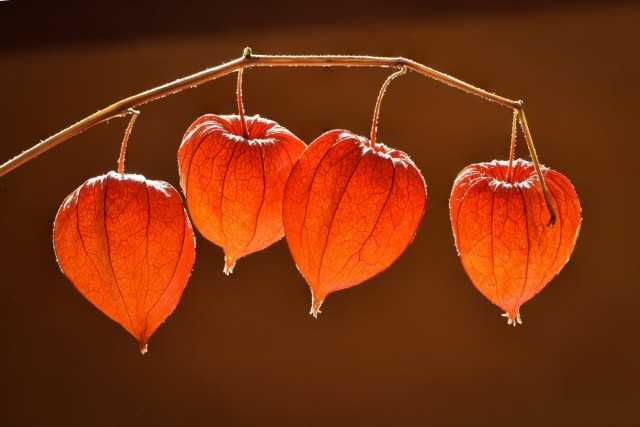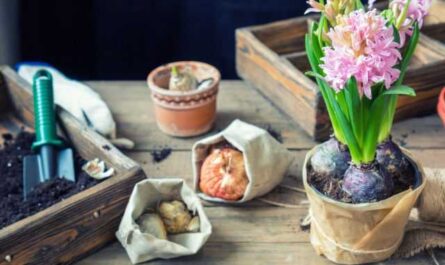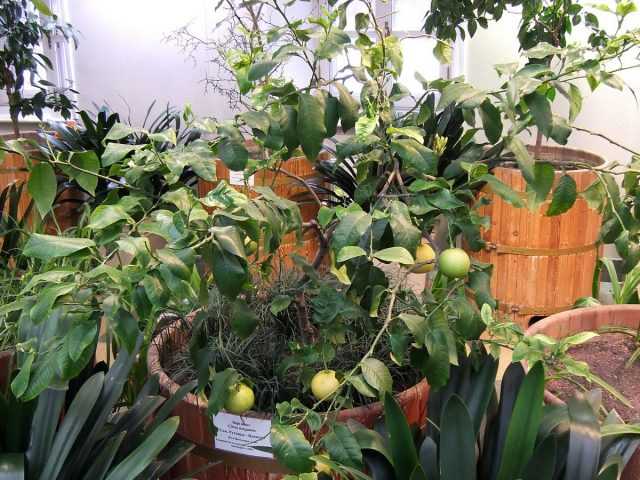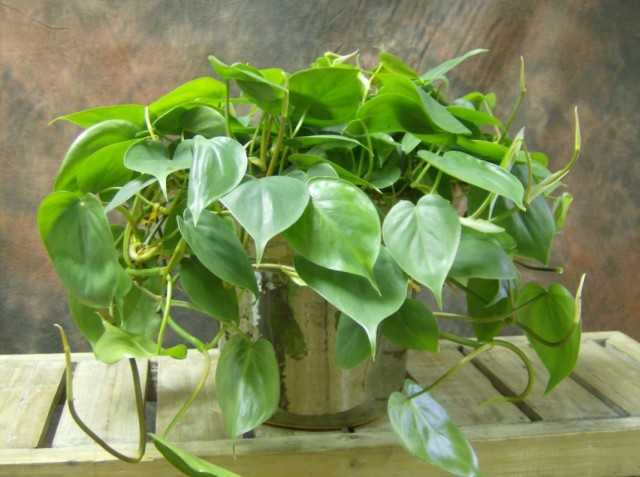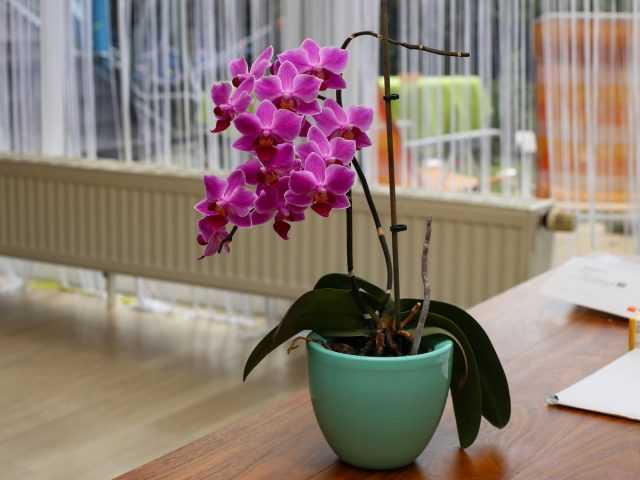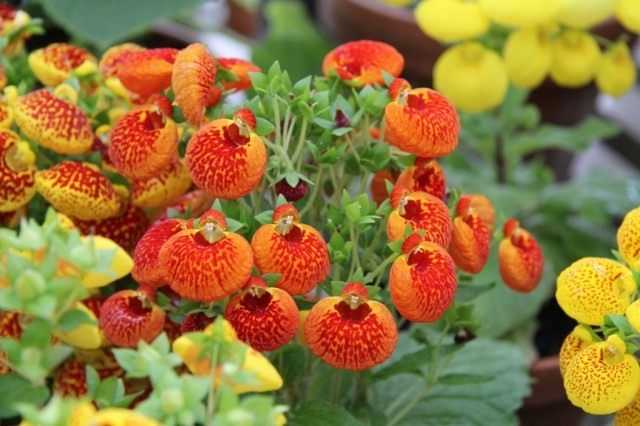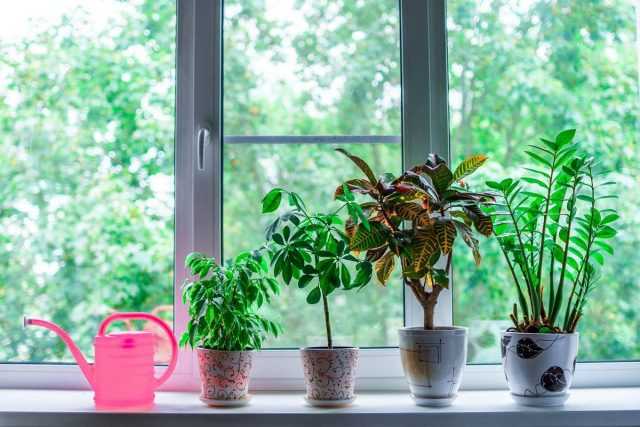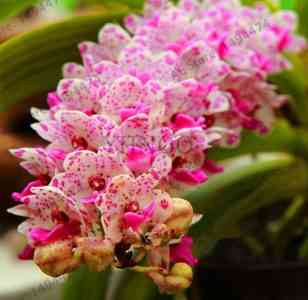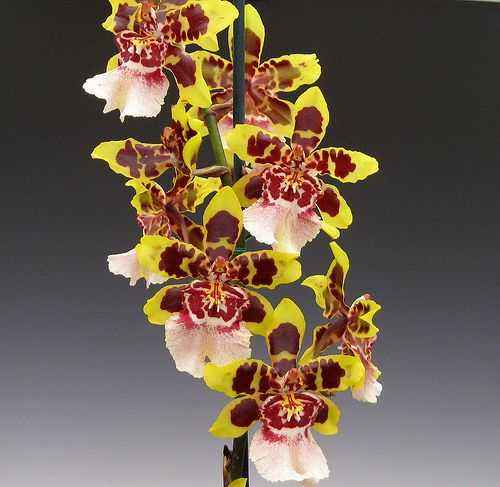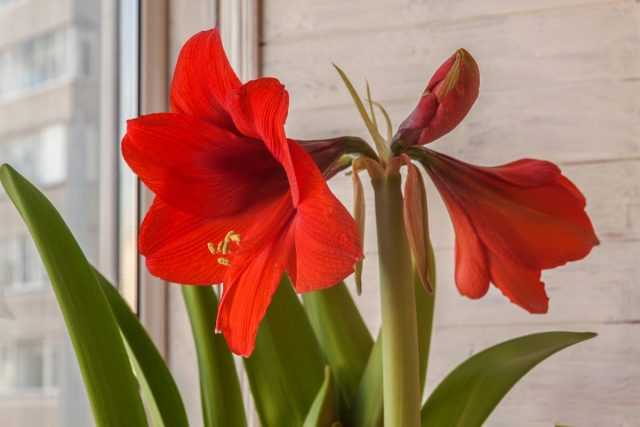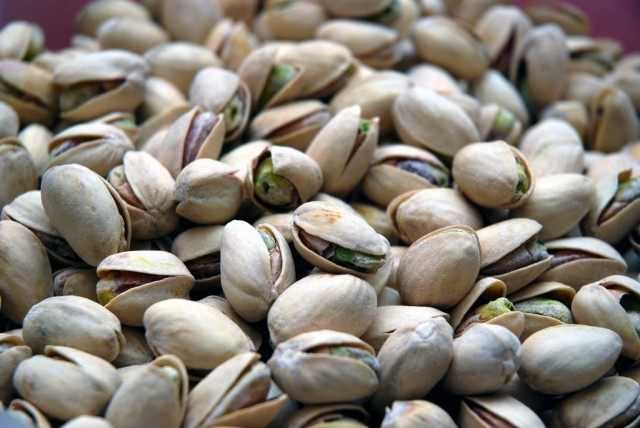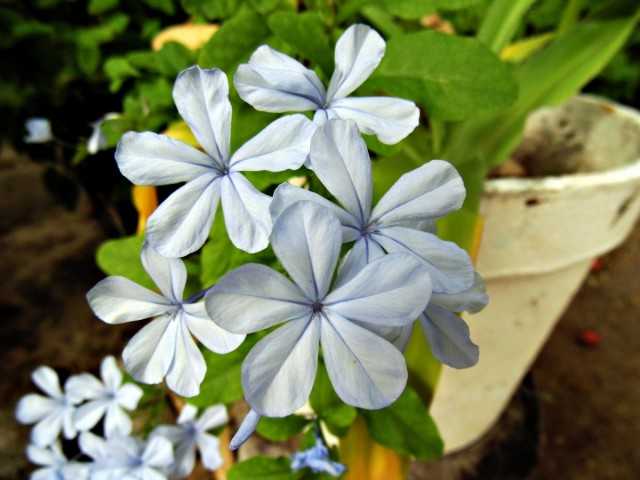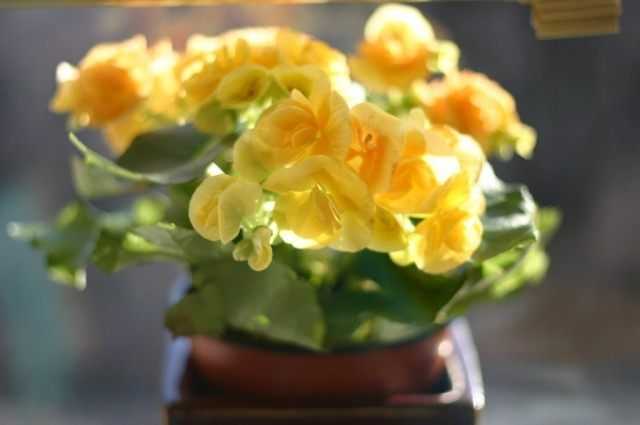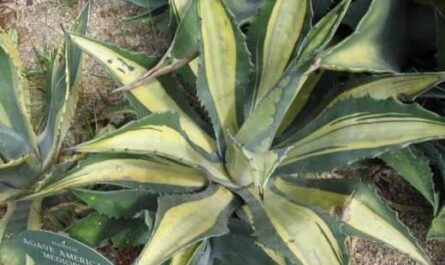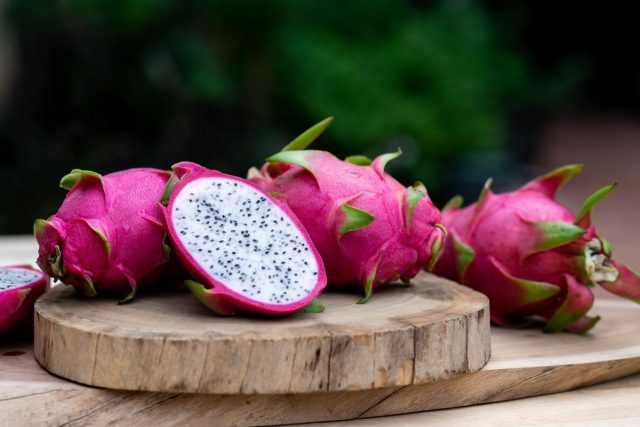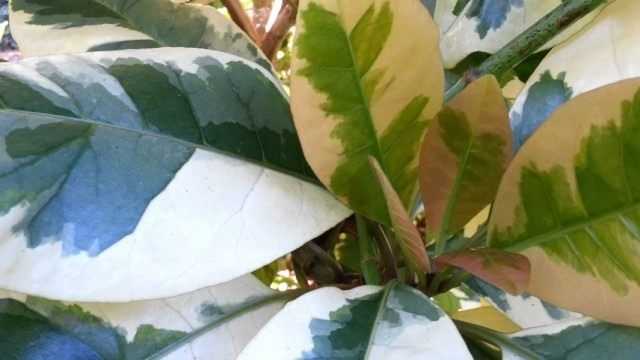Blossfeld’s Kalanchoe is a houseplant that is so unpretentious that it can be recommended not only for novice growers, but even for young children trying to care for green pets on their own. Among the advantages of the flowering Kalanchoe are its compact size (the plant rarely reaches 40 cm), a rich color palette (breeders have derived many intermediate shades from the five primary colors), the healing properties of leaves (Kalanchoe juice has anti-inflammatory and healing properties).
Kalanchoe Blossfeld (Kalanchoe blossfeldiana)
Kalanchoe Blossfeld (Kalanchoe blossfeldiana) – perennial herbaceous succulent flowering plant; a species of the Kalanchoe genus of the Crassulaceae family. Found in the wild in Madagascar. Blossfeld’s Kalanchoe is a popular flowering houseplant.
Contents:
Caring for Blossfeld’s Kalanchoe at home
Kalanchoe Blossfeld prefers moderate watering without overdrying the earthy coma, the substrate should be loose and moist, but stagnation of water is highly undesirable. It can lead to waterlogging of the soil, decay of roots and death of the plant.
Kalanchoe, being a tropical guest, prefers humid air and high temperatures. In winter, the air temperature should not fall below 18 ºС. A decrease to 13-15 ºС is permissible, but in this case the development of Kalanchoe will be completely inhibited.
During the active growing season, the plant is fed with complex fertilizers. To enhance branching, the plant is pinched.

Why isn’t Blossfeld’s Kalanchoe blooming?
With proper care, Kalanchoe can bloom almost all year round. However, some growers cannot achieve abundant flowering, despite top dressing, proper watering and intense lighting. It is in it, in the lighting, that the secret of successful cultivation of Kalanchoe lies. The fact is that the plant prefers a bright sunny color, feels good on the southern windows, however, with a long daylight hours, the Kalanchoe does not bloom. In this case, the daylight hours are artificially reduced to the plant by placing it in a dark place or covering it with a paper cap. The latter is preferable, because by covering the plant from light, you do not change the conditions of its usual habitat.
The plant blooms mainly in winter and spring, therefore, even in the winter period, feeding is not stopped, only their number is reduced. You should not use fertilizers with a high nitrogen content, this leads to a set of green mass. You can feed the Kalanchoe with fertilizers for cacti and succulents. To enhance flowering, it is recommended to grow Kalanchoe in a close pot. This not only stimulates abundant flowering, but also inhibits the growth of the plant.
In the spring, Kalanchoe is transplanted. The plant is not demanding on the substrate, the main thing is to provide high-quality drainage. Kalanchoe is propagated by apical cuttings. They are rooted in water and then planted in a compact pot.
The plant does not require a long dormant period. To ensure re-flowering, it is enough to maintain a reduced light regime for a month. Prolonged light deficiency leads to the appearance of elongated, shapeless shoots of a pale green hue. They are cut, giving the plant the desired shape. Even a strong pruning with live lower Kalanchoe buds is not terrible. The plant quickly gains green mass and takes on an attractive appearance.
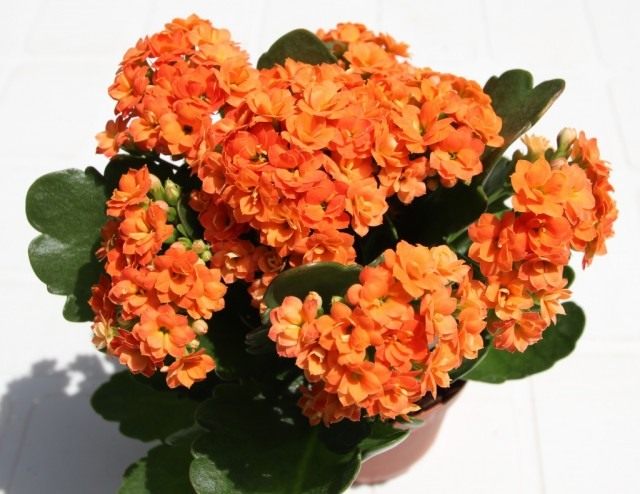
Diseases and pests of Kalanchoe Blossfeld
Kalanchoe Blossfeld is resistant to diseases and pests. However, high humidity and an excess of nitrogen in the soil can lead to powdery mildew. This is a fungal disease that is treated with fungicidal drugs. In contrast, mealybugs can attack the plant if it is too dry. They are removed mechanically, the air humidity is increased, the plant is treated with insecticides.
